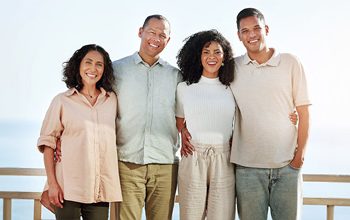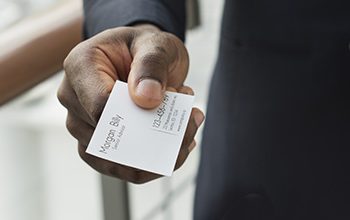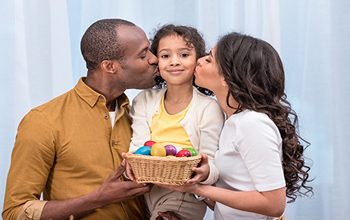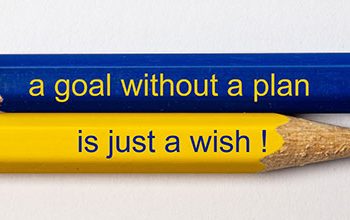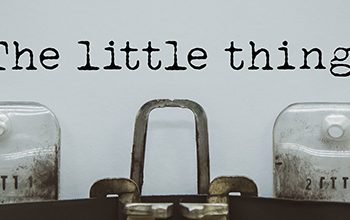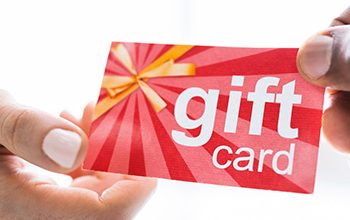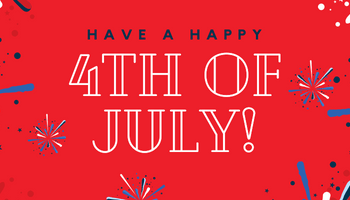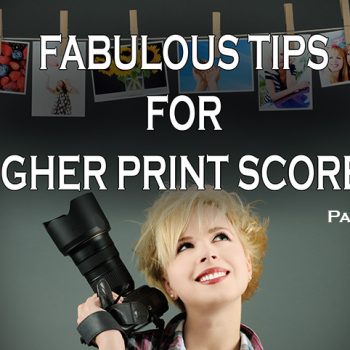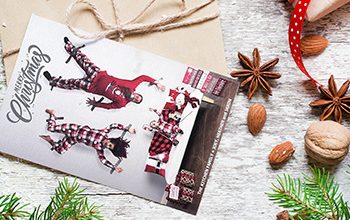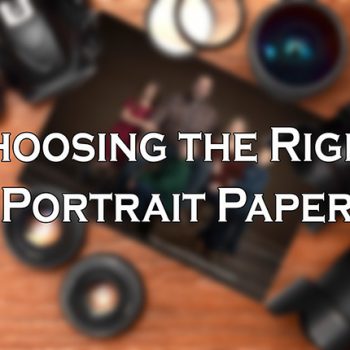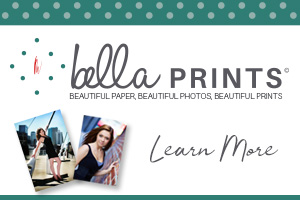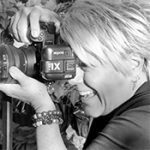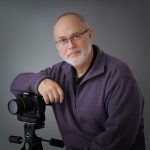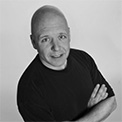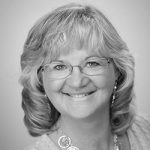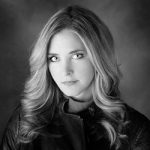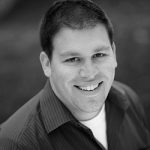In a previous blog, I discussed the need for understanding quality light through the use of natural light, constant light, and strobes. Today let’s talk about reflectors as they go hand in hand with lighting control.
As a new photographer, I struggled with trying to get the shadow side of the face to not be either too dark and contrasty with little to no detail or it was too strong and made the portrait look flat lit. I even had an image of a family outdoors that looked like they were cut out and pasted onto the background as everything was lit the same. It was frustrating!
Even tho I was using a fill light and metering it, it took me a while to really understand how to get the results I wanted. I shot a lot of test photos with my sister as the model, and we still laugh about some of the experiences to this day.
Then I attended a hands-on workshop by J. Michael McBride called Natural Light Naturally. My photography grew leaps and bounds in one day. I was fortunate I attended his class so early in my career. Sometimes you get the right information from the right kind of teacher at the right time. I still use the things he taught me to this day and I was able to apply them to strobe and constant light equipment as well.
Reflectors, much like soft boxes, come in a variety of sizes, shapes, and materials. Typically you want to use something that is white in order to keep the color of the light the same as the main light source.
Silver can be a preferable reflector when the main light source is a little weak or you need to keep the reflector further from your subject in order to be out of the frame of the camera. Being more reflective helps provide more pop from a distance.
You can also get a 5-in-1 reflector for the ultimate reflector options. They fold up and are really affordable and portable. There’s even a translucent version so you can use it as a main light source diffuser. Here’s an example from B&H.
Reflectors can be made of any material. If it can reflect, you can use it! I’ve seen commercial photographers use white tablecloths used as reflectors. I’ve seen a wedding photographer have the groom and groomsmen take off their jackets and line up together to have their white shirts act as a big reflector for a portrait of the bride near a window! Even the wall of a building you’re near can act as a natural reflector.
You can also make your own reflector to save money. Foam core is inexpensive and lightweight. You can cut it to any size. You can combine multiple pieces to make something as large as you need. You can also cut it as small as you want for small product photography. It can be scored it so it can be folded in half and sits on its own on the floor or a table partially open. Bedsheets and ripstop nylon are excellent reflectors as well. Look at my previous blog post on how to make a PVC frame to mount these on here.
You can use clamps and arms to position reflectors anywhere and any way you want. You can also just hold them in place on your own or with an assistant depending on the situation. Here’s an example on Adorama.
Reflectors work with any light source. They are affordable, portable, and a key part of any photographer’s photography gear. They can minimize or eliminate the need for an expensive fill light, when your strobe batteries are dead, or in a place where strobes aren’t allowed.
With constant lights or available light, what you see is pretty close to what you’ll get, which can simplify things if you’re new to strobes and don’t have a flash meter.
Take control of your lighting and get the results you want. Happy shooting!



